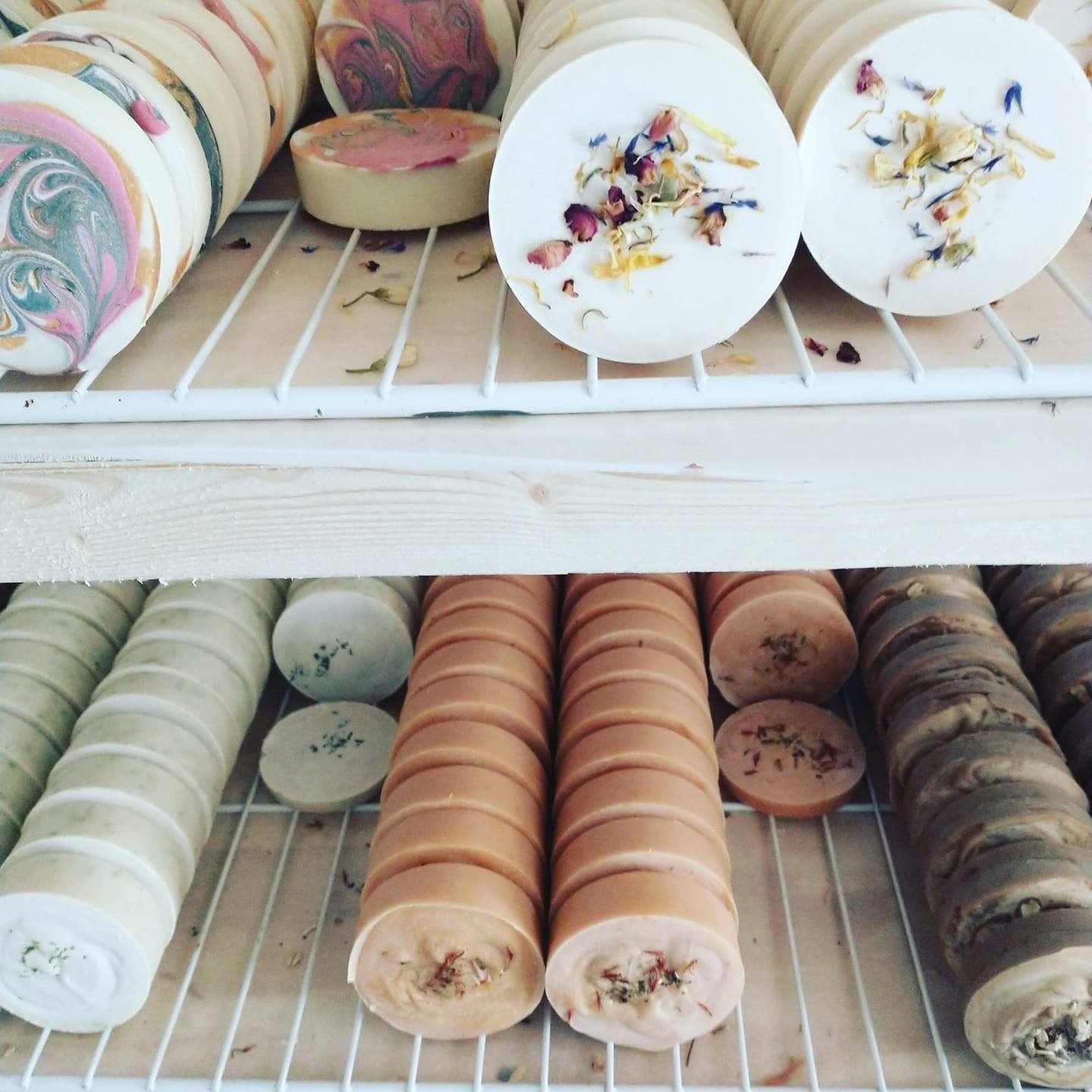Let’s talk about Lye a.k.a. Sodium Hydroxide
It can’t be denied that by itself, Sodium Hydroxide is neither soothing or skin loving, however it is a necessary part of the soapmaking process. Despite what people may claim, you can’t make soap without it (drives me nuts when people say that too). Soapmaking begins with melted oils/butters, and than adding a mixture of Sodium Hydroxide and water (I prefer rich, creamy milks in my soap). This combo causes a chemical reaction to occur. We call this “Saponification”. The end result of this reaction produces soap, which is actually a salt. (bet you didn’t know that, huh?)
Although Lye is used as an ingredient in the beginning stages of soapmaking, there is absolutely none left in any self respecting bar, because it has all been used up by the chemical reaction of saponification. React A with B and you end up with C – soapmaking works on this principle – the act of causing the chemical reaction changes the original ingredients and creates something completely new. In this case – Soap!
A correct recipe is essential for any soapmaker, (I’ve been making soap for 10 years with my own recipe). Every batch should be measured out in minute detail, always making sure there is more oil in the recipe than called for. Thus resulting in a non-drying, gentle soap for your skin. Thus ends our scientific lesson for today.
It can’t be denied that by itself, Sodium Hydroxide is neither soothing or skin loving, however it is a necessary part of the soapmaking process. Despite what people may claim, you can’t make soap without it (drives me nuts when people say that too). Soapmaking begins with melted oils/butters, and than adding a mixture of Sodium Hydroxide and water (I prefer rich, creamy milks in my soap). This combo causes a chemical reaction to occur. We call this “Saponification”. The end result of this reaction produces soap, which is actually a salt. (bet you didn’t know that, huh?)
Although Lye is used as an ingredient in the beginning stages of soapmaking, there is absolutely none left in any self respecting bar, because it has all been used up by the chemical reaction of saponification. React A with B and you end up with C – soapmaking works on this principle – the act of causing the chemical reaction changes the original ingredients and creates something completely new. In this case – Soap!
A correct recipe is essential for any soapmaker, (I’ve been making soap for 10 years with my own recipe). Every batch should be measured out in minute detail, always making sure there is more oil in the recipe than called for. Thus resulting in a non-drying, gentle soap for your skin. Thus ends our scientific lesson for today.
Follow Us:
Cruelty Free
Handmade in America
Non-Toxic
Plant-Based Goodness
Tested on Humans
Follow Us:
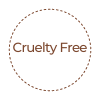
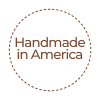
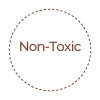
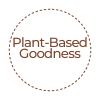

© 2021 Shack on the Rock – All Rights Reserved.

